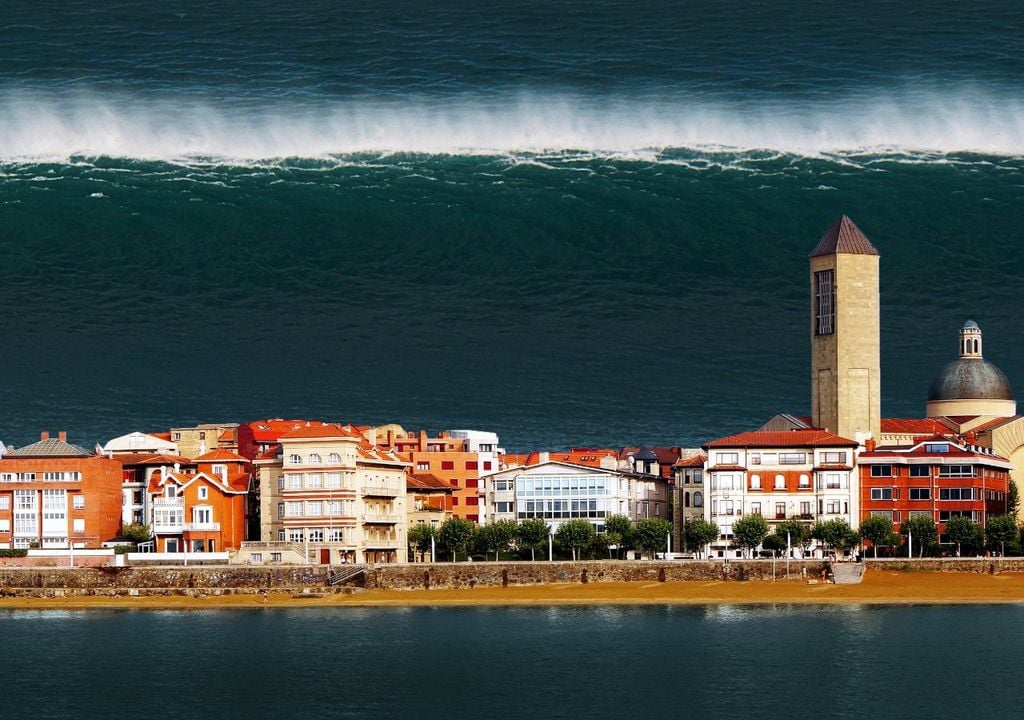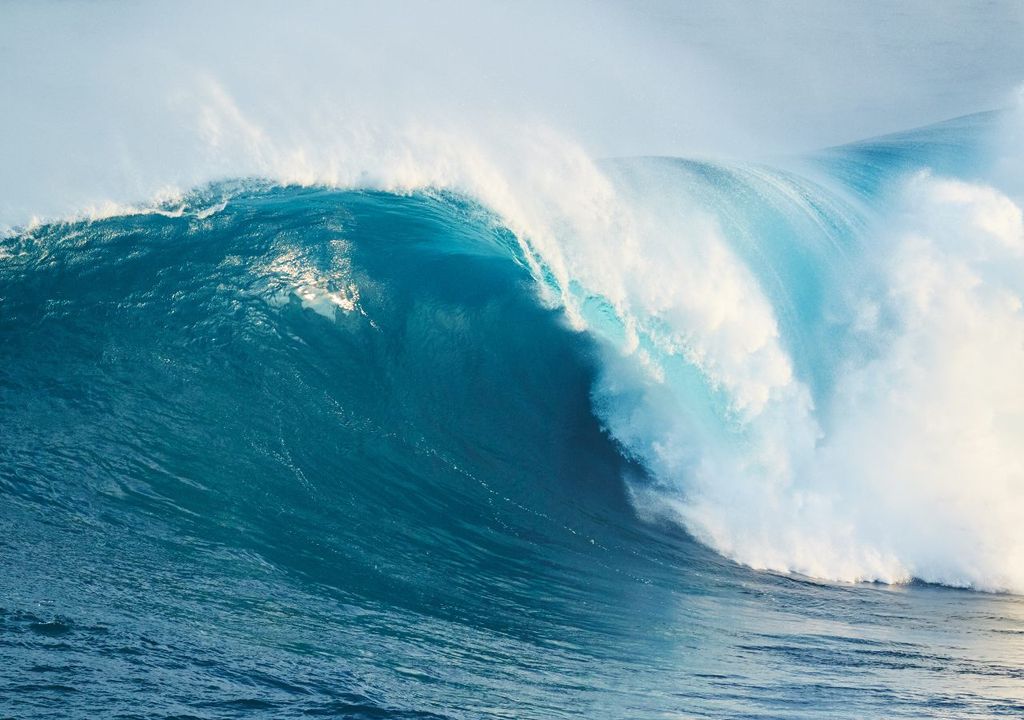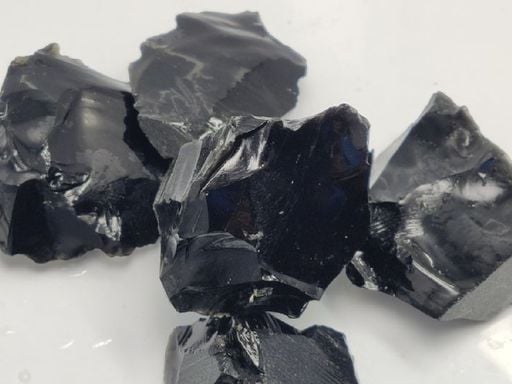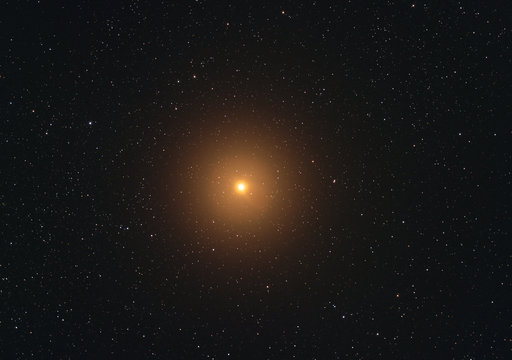Australian scientists discover what drives the formation of giant waves
An expedition to southernmost waters found the cause behind rogue waves, which occur more frequently than scientists had thought.

For many years, the giant waves, also known as rebellious waves, populated the mythology and folklore of sailors and coastal areas. But when on 1 January, 1995, a 26-metre-high wale collided with the Norwegian oil platform Draupner, the curiosity of scientists about this phenomenon was awakened. Since then, these extreme waves have been the subject of much study
The rebel wave of 1995, which occurred in the North Sea, was the first to be measured. This event provided scientific evidence that abnormal ocean waves really existed.
Rebel waves are giant waves that can be much higher than the surrounding waves. They are rare, but they can be extremely dangerous for ships and coastal infrastructure. They are among the most powerful natural forces on Earth and, as global trends suggest that ocean winds will blow more strongly due to climate change, ocean waves could become more powerful.

Until now, it was thought that the rebellious waves were formed by the non-linear interaction of the waves in the ocean. They were purely a statistical issue: although the waves usually follow a "normal" or Gaussian distribution, with heights strongly grouped around an average, a fortuitous convergence of many of those waves could occasionally produce a much larger one. With this new investigation, it was determined that that condition alone is not enough.
This study carried out in the Southern Ocean, near Antarctica and which is known for its strong winds and large waves, found that the wind can influence its formation.
The wind as the engine of the rebellious waves
With cutting-edge technology and an expedition to one of the most turbulent ocean corners of the planet, the team of researchers achieved an unprecedented feat: capturing three-dimensional images of the waves of the ocean.
On board the South African icebreaker SA Agulhas II, during the expedition to Antarctica in 2017, they deployed stereo cameras that allowed them to obtain information about the behavior of the waves in this remote region.

What they discovered was that in a sea environment with overlapping several waves at the same time and place, and if persistent wind conditions remain, the ocean waves can grow and grow progressively higher, longer and faster
The researchers measured the height of the waves and the speed of the wind, and found that they were more likely to be rebellious when they were young, steep and driven by strong winds.
"The rough seas and wild winds of Antarctica can cause the large waves to self-amplify, resulting in a frequency of rebellious waves that scientists had theorised for years, but that they could not yet verify in the ocean," said Professor Toffoli, one of the authors of the study. In theory, studies show that these characteristics could increase ten times the probability of rebellious waves occurring.
Recent observations show that unique marine conditions can arise with rebellious waves during the "young" stage, when the waves are particularly sensitive to the wind.
In addition, the research concluded that it is possible to predict the appearance of rebellious waves based on wind patterns and measurements of the sea surface. This conclusion is significant, since it could help develop more accurate prediction methods for these waves. Having the ability to foresee rebellious waves is important to improve the safety of navigation and protect maritime structures from possible damage.
Reference of the news:
Observations of Rogue Seas in the Southern Ocean A. Toffoli, A. Alberello, H., et.all. Phys. Rev. Lett. 132, 154101 – Published 12 April 2024https://doi.org/10.1103/PhysRevLett.132.154101








